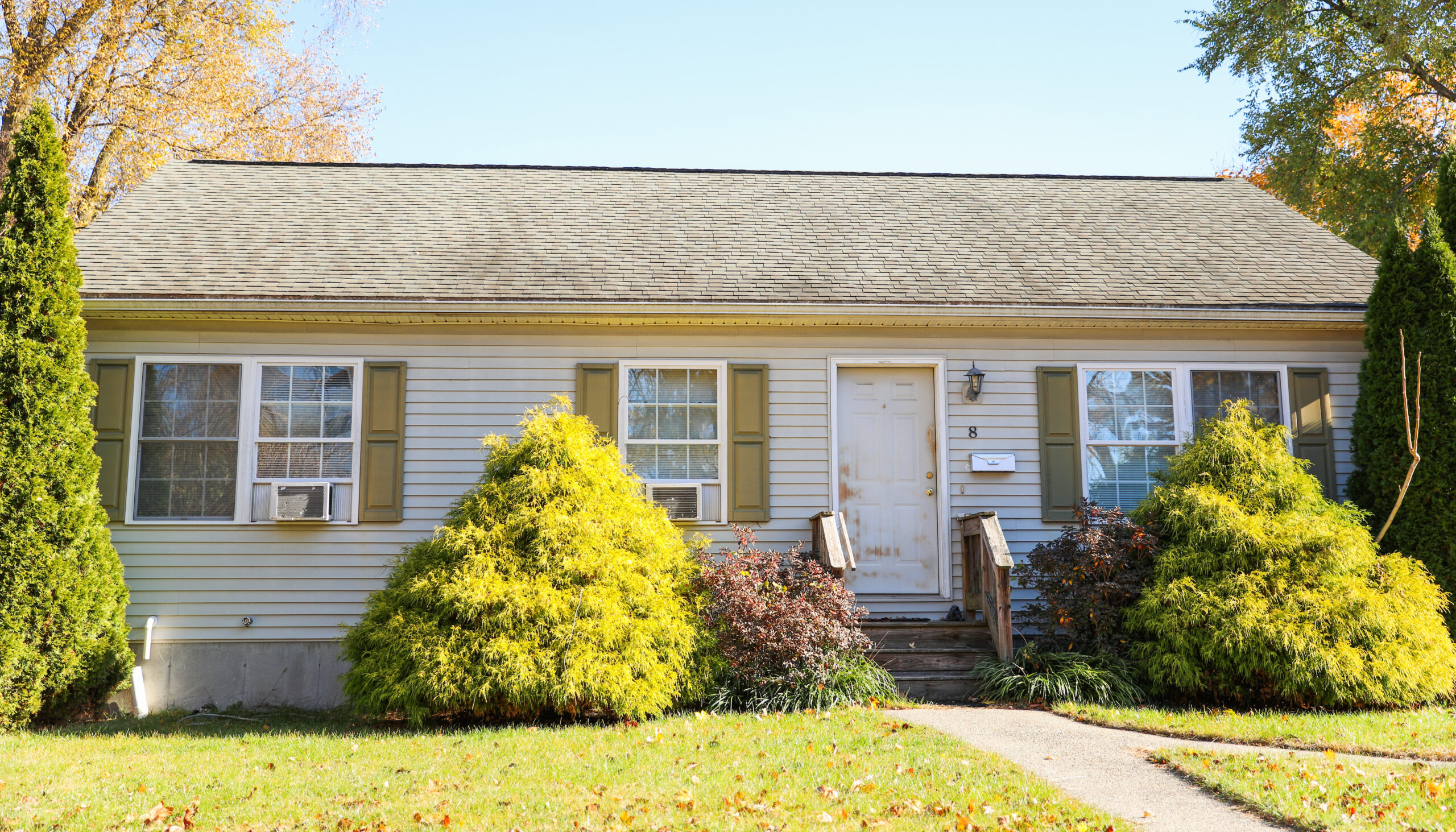Understanding the Potential of Distressed Properties
Investing in distressed properties presents a unique opportunity to create substantial value, both for sellers facing financial hardship and for investors seeking high-return opportunities. These properties, often overlooked due to their condition or financial burdens, can be transformed into profitable assets with the right approach.
Identifying the Right Properties
The first step in turning a distressed property into a profitable asset is identifying the right opportunities. This involves thorough market research, evaluating economic conditions, and understanding local property trends. Key factors to consider include location, property condition, and potential for appreciation.
Building Relationships with Sellers
Many distressed property owners face challenging situations, such as foreclosure, financial hardship, or inherited properties they cannot maintain. Establishing trust and understanding their needs allows for a collaborative approach, ensuring solutions that benefit both parties. A solution-driven mindset and creative deal structuring can help sellers move on while offering investors a valuable opportunity.
Creative Financing Strategies
Traditional financing may not always be an option for distressed properties. Investors should explore creative financing options, such as seller financing, lease options, and hard money loans. Each method offers unique benefits that can help bridge the gap between a seller’s needs and an investor’s objectives.
Renovation and Value-Adding Strategies
Once acquired, maximizing a property’s potential through strategic renovations is crucial. Investors should focus on cost-effective upgrades that yield the highest return. Simple improvements like fresh paint, modern fixtures, and landscaping can dramatically enhance property value. In cases of severe distress, structural repairs and system upgrades may be necessary.
Developing a Strong Exit Strategy
A successful investment is only complete with a well-planned exit strategy. Investors should consider multiple options, such as selling the property for profit, refinancing for rental income, or utilizing a lease-to-own model. Each strategy depends on market conditions, investor goals, and the property’s potential.
Building a Network of Experts
The process of transforming distressed properties requires a reliable network of professionals, including real estate agents, contractors, attorneys, and financial advisors. Having a trustworthy team ensures smooth transactions, quality renovations, and compliance with legal requirements.
The Long-Term Benefits of Investing in Distressed Properties
Turning distressed properties into profitable assets is not just about immediate gains—it’s about long-term wealth-building and community improvement. By revitalizing neglected properties, investors contribute to neighborhood development and create housing opportunities that benefit the broader community.
Final Thoughts Success in real estate investment, particularly with distressed properties, requires strategic planning, strong relationships, and innovative problem-solving. By focusing on win-win solutions, investors can achieve financial growth while making a positive impact. Whether new to real estate or experienced in the field, mastering the art of distressed property investment can unlock significant opportunities for long-term success.
